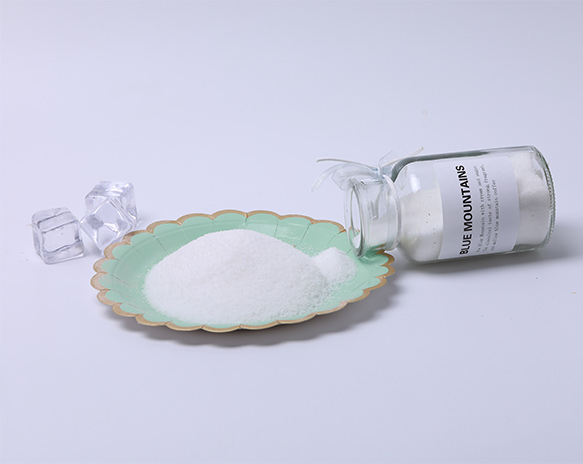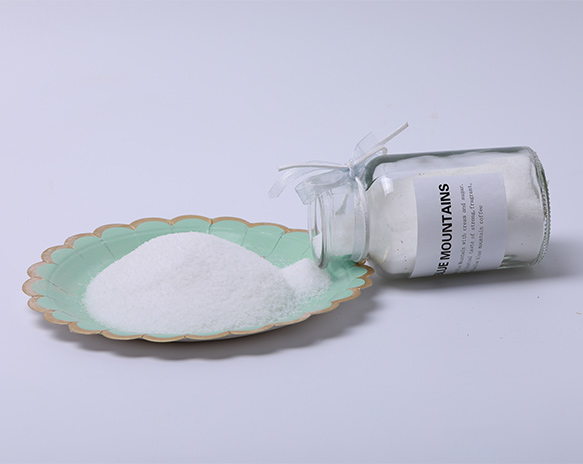







Polyacrylamide (PAM) is a polymer water treatment flocculant products, specializing in water adsorption of suspended particles in the particles between the link bridging effect, so that the fine particles to form larger flocs, and accelerate the rate of precipitation. This process is called flocculation, because of its good flocculation effect PAM as a flocculant for water treatment and is widely used in sewage treatment. It has a wide range of applications in petroleum extraction, water treatment, textile, paper, mineral processing, medicine, agriculture and other industries, and is known as "the auxiliary agent of all industries".
The main role is flocculant, thickener, clay stabilizer, soil moisturizer, etc. It has been widely used in papermaking, mineral processing, oil mining, metallurgy, building materials, sewage treatment and other industries.
1.PAM can make the suspended material through the electric neutralization, bridge adsorption, flocculation.
2. Can act as a bonding agent through mechanical, physical and chemical actions.
3.PAM can effectively reduce the friction resistance of the fluid, adding trace amounts of PAM in water can reduce resistance by 50-80%.
4.PAM has thickening effect in neutral and acid conditions, when the PH value is above 10 PAM is easy to hydrolyze. When it is semi-network structure, thickening will be more obvious.
In sewage treatment, because of different water quality and different treatment sites, the amount of polyacrylamide dosage will vary. In general, the source of the proposed treatment of one ton of sewage polyacrylamide dosage of about 2-10g of solid finished products. 1 ‰ or 3 ‰ of the proportion of dilution and dissolution before dosage, dissolution before normal processing, take the sewage before the machine beaker test, to determine the ideal value of the dosage.
Specific operation method is to take several beakers of sewage, compare the treatment effect of different ionic polyacrylamide on sewage (dosage is the same). Observe the flocculation and precipitation effect, first determine the polyacrylamide ionic type, and then dilute the polyacrylamide solids, a shot of about 1g of solution, stirring constantly until the sewage output flocs, and can be quickly precipitated. With this dosage, calculate the actual dosage. On the machine with reference to the dosage, to be cyclic treatment for a few days, reduce the proportion of appropriate. Treatment of one ton of sewage polyacrylamide dosage is not set in stone, the water quality varies greatly, the treatment site equipment and other differences in the situation, resulting in different dosages. It is recommended to use the method proposed by the source of the net of technical personnel, in accordance with this method, to determine the accurate dosage.
Different water quality, different nature, need to do a small test first to determine the optimal amount.
1.Dissolution ratio. The dissolution ratio of polyacrylamide is one thousandth, i.e. 1kg of water with 1g of polyacrylamide for solution. (Dissolving agent water is tap water or pure water)
2.Dissolving time. Anion - 50 minutes, cation 60 minutes, nonion 60 minutes, winter time should be extended appropriately.
3.Use it now, don't keep the solution for more than 24 hours, the longer the time, the weaker the effect.
4.Dosing of chemicals. The dosage of this agent is based on a certain percentage, depending on the concentration of the effluent and the treatment standard.
|
project |
parameters |
|
Specifications |
cation/anion/Nonionic type |
|
Weight |
25kg/bag |
|
Color |
White powder or small granules |
|
Packaging |
kraft paper |
|
Applications |
Water treatment field/oil exploration/Papermaking field |
|
Characteristic |
Fast flocculation and sedimentation, thickening and viscosity increase |